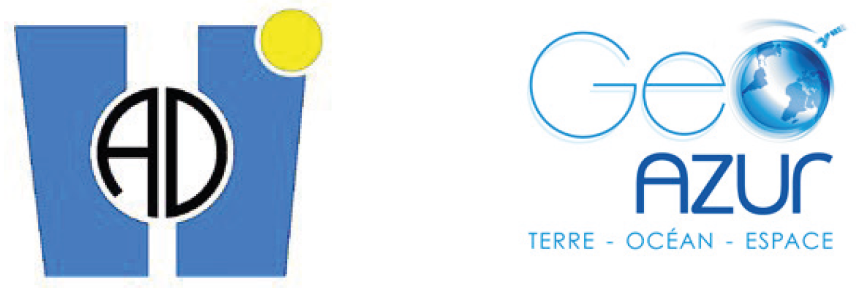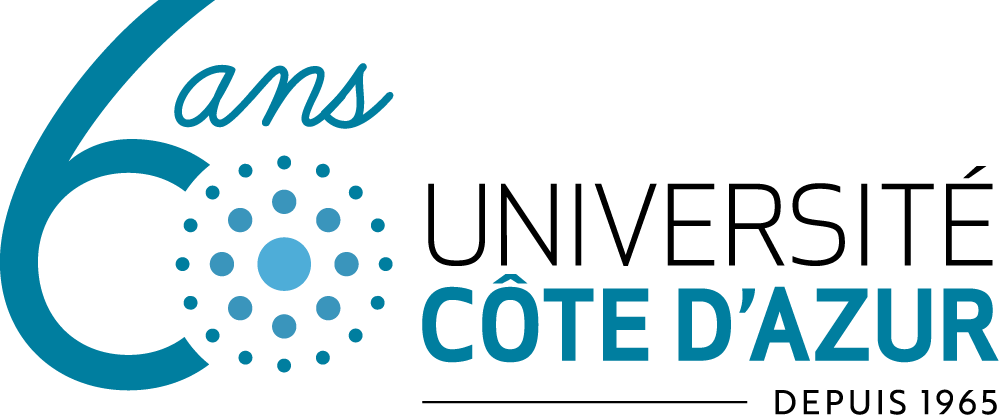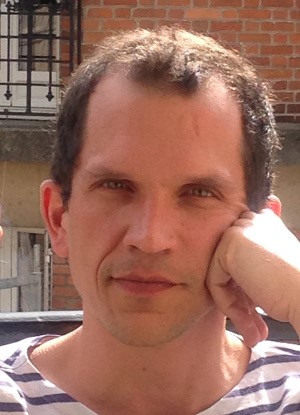Académie d'Excellence "Espace, Environnement, Risques et Résilience"
Determination of the Elastic Properties Around Seismic Faults Integrating DEFaults
How tiny defaults and fractures alter integrity of rock and material volumes
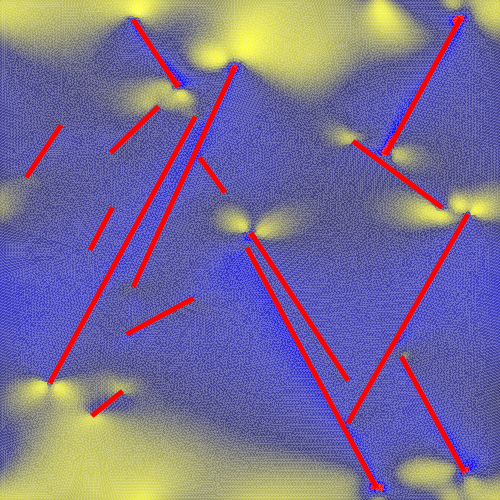
Academy 3 highlight
DEFIDEF involves mathematicians, numerical analysts and geologists to decipher how small-scale fracturing of rocks might impact earthquake behaviour. The new models developed should also apply to material failure in general, and thus go beyond Earth Sciences.
The project
Earth rocks and man-made materials always contain defects, commonly in the form of small fractures of various sizes, often hardly visible to human eyes. Where the fracturing is dense, it modifies the mechanical properties of the rocks or materials, and these modifications can have critical consequences: weakening and even disruption of the materials (building walls, container walls, etc.), leakage of fluids they might host (water, oil, gas, radioactive elements, etc.), amplification of the waves they might be crossed with during an earthquake, etc. While research in material sciences has advanced our knowledge of the mechanical properties of man-made materials, little is known on the mechanical properties of natural fractured Earth rocks. The DEFIDEF project tackles this issue, focussing on the case of intensely fractured rocks around tectonic faults. The latter are those producing earthquakes, and therefore, quantifying the physical properties of the rocks that host them is of utmost importance to anticipate their rupture behaviour during an earthquake.
The objective of DEFIDEF is thus to derive a mathematical model for fractured rock volumes around faults. This remains a challenge, on the one hand because the natural fracture networks are dense and complex, and on the other hand because fracturing occurs over a wide range of spatial scales. To derive the elastic properties of the fractured rock masses, we modelled their overall mechanical behaviour by a homogenized macroscopic equivalent medium (i.e., a small volume in which homogeneous mechanical properties can be assumed). The modelling is calibrated with field observations and measurements (from the Faults_R_GemsPilot project). To deal with the variable scale challenge, we currently use an empirical statistical scaling model based on a double power law describing local fault density and length. Although a simplification of natural systems, this empirical model allows the description of complex fracture systems with a single set of statistical data. We are now in the process of making numerical tests to estimate the efficiency of the new method. The fracture and fault measurements that will be soon provided through the Faults_R_GemsPilot project will help us improve and validate the method.
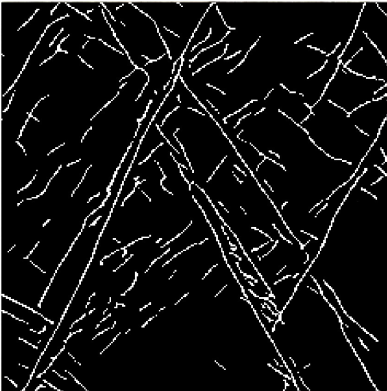
The +
This project aims at developing new mathematical tools to model fracture and fault networks while considering their actual geometric complexity and broad range of lengths scales. This new modelling, based on natural fractures and faults, should produce realistic estimates of earth rock mechanical properties.
What’s next?
We will apply the new mathematical model to real large natural faults in order to anticipate how the modified mechanical properties of the fractured rock volumes around the faults modify the behaviour of large earthquakes on these faults. We will also adapt the new model to rapidly and efficiently determine the mechanical properties of any rock or material area. Application of the new model should thus go much beyond Earth Sciences.
Project information
|
Scientific domain
Mathematics, Numerical Analysis, Geology
Theme
Mathematical mechanical modelling applied to Earth and Material sciences
|
Key words
Fractured rock masses
Stochastic Homogenization
Elasticity
Numerical Simulations
|
|
Total budget
116.6 k€ including :
62.5 k€ from Academy 3
27.4 k€ from Academy 2 24 k€ ANR Faults_R_Gems
2.7 k€ from the Fédération Doeblin
|
Students inolved
Bochra Mejri (PhD)
|
| Partner laboratories
LJAD
GEOAZUR |
Project members
Pantz Olivier,
Bochra Mejri,
Isabelle Manighetti,
Frédérique Leclerc.
|
Project valorization
Conferences:
- Conférence Euro-Maghreb International Research Network in Mathematics and Applications (EMIRNMA 2019), Madrid, Espagne, 18-22 Novembre 2019
- DéFI groupe de travail, INRIA Saclay, France, 10 Février 2020
- Séminaire Calcul Scientifique et Modélisation, Bordeaux, France, 5 Novembre 2020
